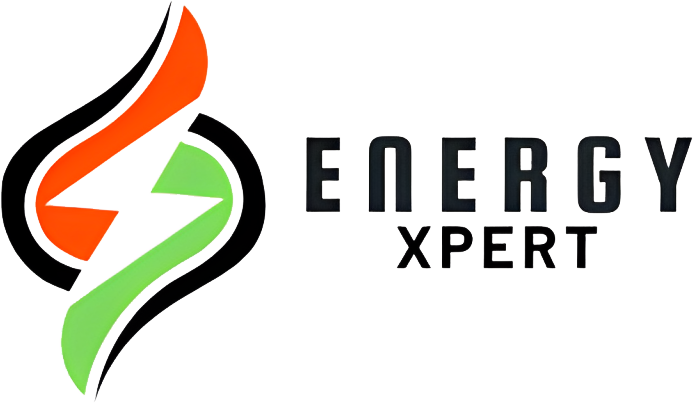All commercial customers in Chicagoland are eligible for small business subsidies or rebates under the Small Business Energy Efficiency Program. This program, which is a portion of Illinois’ larger ComEd Energy Efficiency Program, aims to assist businesses in advancing their energy-saving initiatives by offering incentives and rebates.
First off, why would ComEd give businesses subsidies in an effort to encourage energy conservation? Given that they are compensated for the electricity we use, wouldn’t that go against their business model? Granted that ComEd reaps financial benefits from our increased electricity consumption, the Future Energy Jobs Act mandates that they allocate a sizeable portion of their annual budget toward energy efficiency. Illinois began collecting a levy on all electric bills—residential, commercial, and public—in 2007 and allocating the proceeds to energy efficiency.
The amount of electricity used at any given time is how ComEd, like most utilities, distinguishes its commercial clients. This is done in terms of kW (kilowatt), not kWh (kilowatt-hour). Though this classification may be less significant now with the introduction of smart meters, I suppose this helps them maintain the grid by determining how many firms are using big quantities of power at any given time.

The Small Business Energy Savings Program is available to commercial clients who fall under the Small Business (0-100 kW) classification. Large companies may be eligible for this program because the classification is based on the amount of energy used rather than the amount of money made (hence the name may be deceptive). The only reliable approach to determine which of the following are likely candidates for the 0-200 kW classification is to look up the names on your electricity bill.
With extremely large incentives, this program has been created to really push businesses to move forward with energy efficiency. I prefer to think of it as intended for companies without a designated individual in charge of assessing investments to determine whether they should be made.
There’s probably an entire crew at Target and Walmart that works on assessing LED lighting for their parking lots and retail spaces and considering the return on investment. A tiny company, on the other hand, typically has a very busy proprietor who handles most of the decision-making. Moving forward with energy efficiency can become a “no-brainer” with significant incentives that cover a significant percentage of the cost.
This program’s main feature is a lower incentive of $.80 per watt for LED upgrades. A four-lamp, four-foot T12 troffer, for instance, is thought to use 164 watts of energy. Your reward would be 164 – 36 = 128 * $.70 per watt decreased = $89.6 if you installed a 36 watt LED fixture in its stead. Refunds for outdoor lights are substantially higher, with a $.80 per watt reduction for LED conversions. They also provide discounts on photocells, occupancy sensors, and sophisticated lighting controls.
But once you get over the lighting, the show becomes more engaging.
An energy-guzzler for eateries is typically refrigeration. Evaporative fan speed controls, which only activate the fan when the evaporative cooler needs cooling, are also encouraged by the program. A shaded pole motor’s efficiency can be increased by 90% by combining these two factors.
This program is particularly well-liked for its HVAC incentives, which offer up to $400 per ton to entice people to replace their old rooftop HVAC unit with an energy-efficient CEE tier 2 RTU. Given that 10 tons are the most often replaced units, the incentive is $6,000 in this case.
There are certain products that can be given to the client for free, and those are as follows:
It’s possible that you haven’t joined this program before since it seems too good to be true. I can tell you that it is real since I have been an active trade ally for the past five years. I can guarantee you that not only your competitors but also your nearby businesses have taken part.
Never believe anything we say. View our efforts to upgrade Chicagoland's HVAC systems to higher efficiency models or even incorporate EV car charging in order to draw in more clients and staff members while also increasing energy efficiency.
